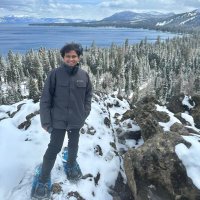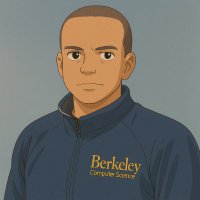
Rahul Madhavan
@imrahulmaddy
learning.
PhD at IISc.
ID: 1329481993965375489
https://wimwian.iima.ac.in/2018/07/17/an-ode-to-the-lone-scientist/ 19-11-2020 17:49:52
3,3K Tweet
947 Followers
1,1K Following













The Mahalanobis distance is the natural metric for Gaussian signals. But how can it be generalized to arbitrary probability densities? And how should a solution be tested? We address these questions in a new paper with Pierre-Étienne Fiquet Florentin Guth Jona Ballé, and Eero Simoncelli




New paper 📜: Tiny Recursion Model (TRM) is a recursive reasoning approach with a tiny 7M parameters neural network that obtains 45% on ARC-AGI-1 and 8% on ARC-AGI-2, beating most LLMs. Blog: alexiajm.github.io/2025/09/29/tin… Code: github.com/SamsungSAILMon… Paper: arxiv.org/abs/2510.04871







